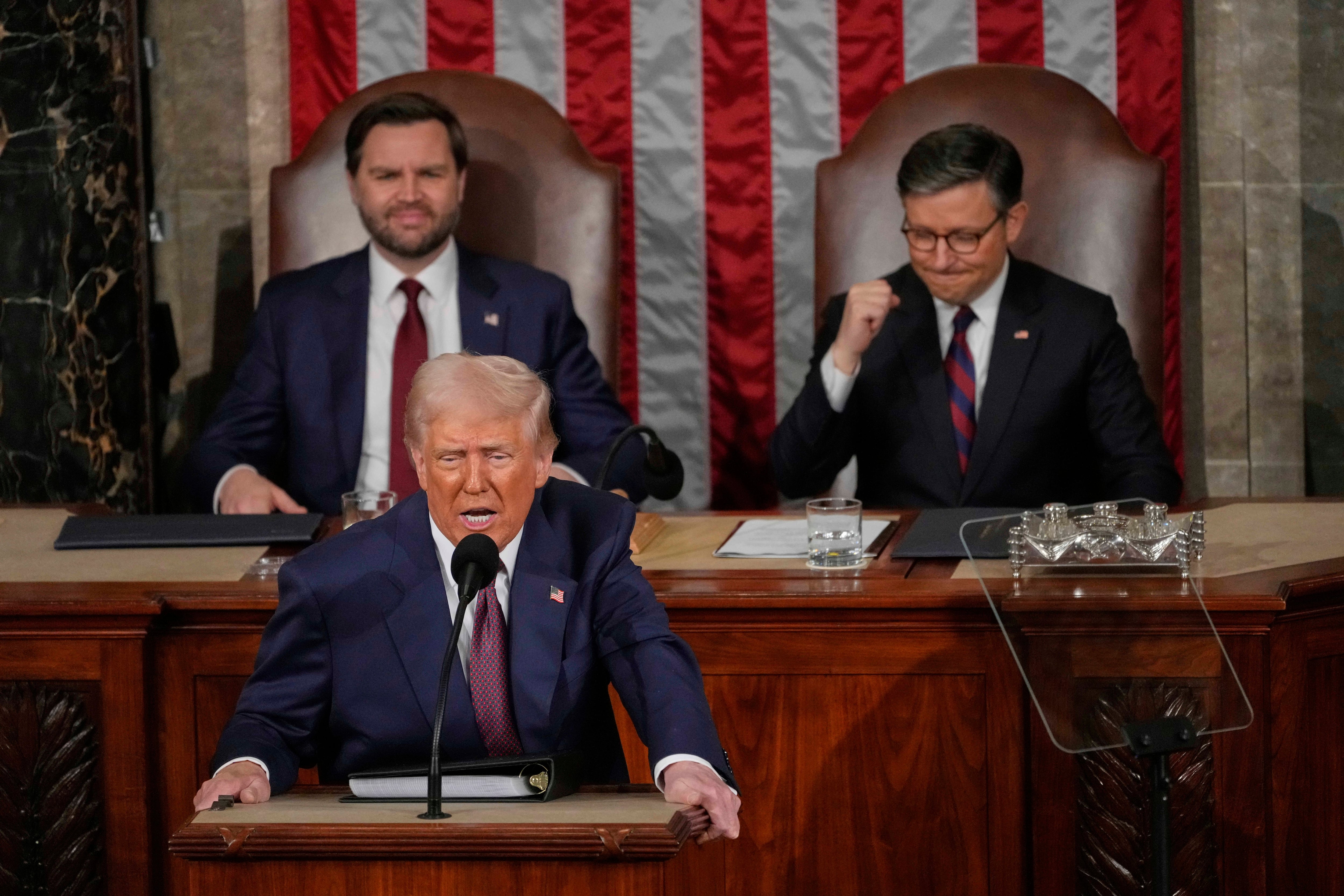After eight years working to educate soldiers on counterinsurgency, one of the Army Irregular Warfare Center's last actions was similar to its first: Updating the field's bedrock document.
The Army issued Field Manual 3-24, known simply as "Counterinsurgency," in late 2006. Then-Lt. Gen. David Petraeus, head of the Combined Arms Center at Fort Leavenworth, Kansas, had a hand in creating both the manual and what would become the AIWC.
"The first draft of the counterinsurgency field manual had just been released for comment when we founded the center," said retired Col. Peter Mansoor, the first head of what was then called the Counterinsurgency Center. "And in fact, that was our first task, was to go through the draft and provide input on it."
The new FM 3-24, "Insurgencies and Countering Insurgencies," came out in May. It applies lessons learned in Iraq and Afghanistan since the 2006 edition to create new guidance — rules for future COIN engagements that may help soldiers avoid past mistakes.
Asked about the legacy the Fort Leavenworth, Kansas-based AIWC would leave behind after it shuts down Oct. 1, the center's current director, Col. Gus Benton, had a one-word answer: "Doctrine."
The manual, and related technical documents that are nearing publication, "are going to provide techniques and procedures that will assist soldiers in future environments," Benton said in an Aug. 5 interview.
That may have always been a goal of the center, but it wasn't always that simple.
'We were losing'
"Clearly, the war in Iraq was heading downhill, and we felt ... that, as a nation, we could do better, both in terms of the doctrine and in our role in helping the Army train for counterinsurgency warfare," Mansoor said of the atmosphere surrounding the center's founding. "Time was not on our side, given that we were losing in Iraq at the time."
The group came up with a five-part counterinsurgency mission statement, aiming to bring the force up to speed on COIN through education, training, research, doctrine and outreach efforts. It was part of wide leeway given to the center by Petraeus in the early stages.
"He asked me to look at what was possible, in terms of advancing counterinsurgency thought in the force," said Mansoor, now the General Raymond E. Mason Jr. Chair of Military History at Ohio State. "I remember him saying that the white lines are going to be painted fairly wide — look at what you think should be done, and then come back and report to me."
Mansoor stayed on the job officially for about seven months, but much of that time was spent as a member of the "council of colonels" that advised the Joint Chiefs of Staff on Iraq strategy. Shortly after returning to Fort Leavenworth, he took over Petraeus' transition team as the general assumed command of Multi-National Force-Iraq.
He said he hasn't read the recent updates to the COIN manual, but understands why such updates would be necessary.
"It's pretty difficult to generate a doctrine when you're staring defeat in the face," he said.
Teaching a 'mindset'
Another project taking shape before the center stands down: A six-part Joint Knowledge Online course on counterinsurgency that will expand the Army's work on the subject to other branches. It's part of the center's efforts in "helping the service members apply a lot of that doctrine," Benton said.
He can appreciate that application — Benton commanded 2nd Battalion, 3rd Special Forces Group (Airborne) during two combat tours in Afghanistan, adding to a special operations résumé that stretches back to 1993, when he graduated from the Special Forces Qualification Course, according to his bio.
"When I engaged my conventional-force counterparts in terms of their mindset, their understanding of the environment, that really set conditions to really collaborate," Benton said. "My assignment here provided me with the understanding of, wow, what an impact this organization has had, from the standpoint of shaping those forces going into that environment. It was eye-opening."
(The AIWC will be Benton's last stop — commissioned in 1986, he said he's planning his retirement for shortly after the center shuts down.)
Multiple agencies will pick up the center's work, Benton said, likely including the Army Special Operations Center of Excellence and the Army Peacekeeping and Stability Operations Institute. Only two officers and three enlisted remain with the center, a spokesperson for the Mission Command Center of Excellence said; plans are still in progress for a final division of the AIWC's responsibilities.




